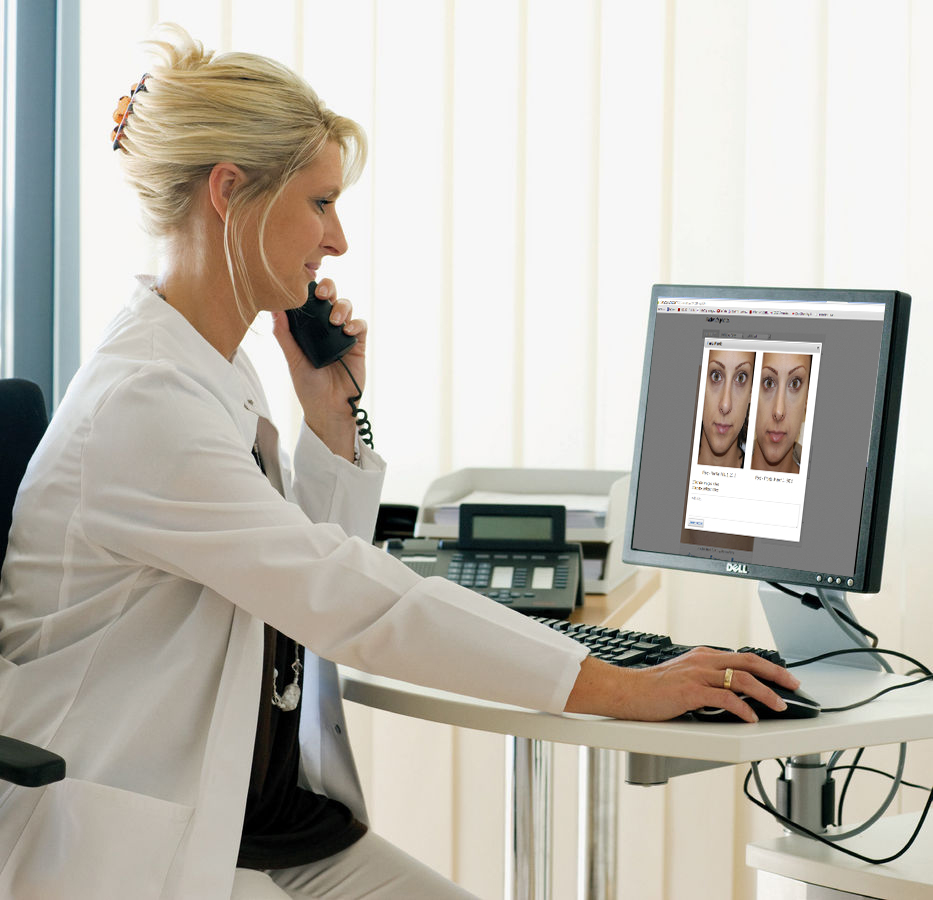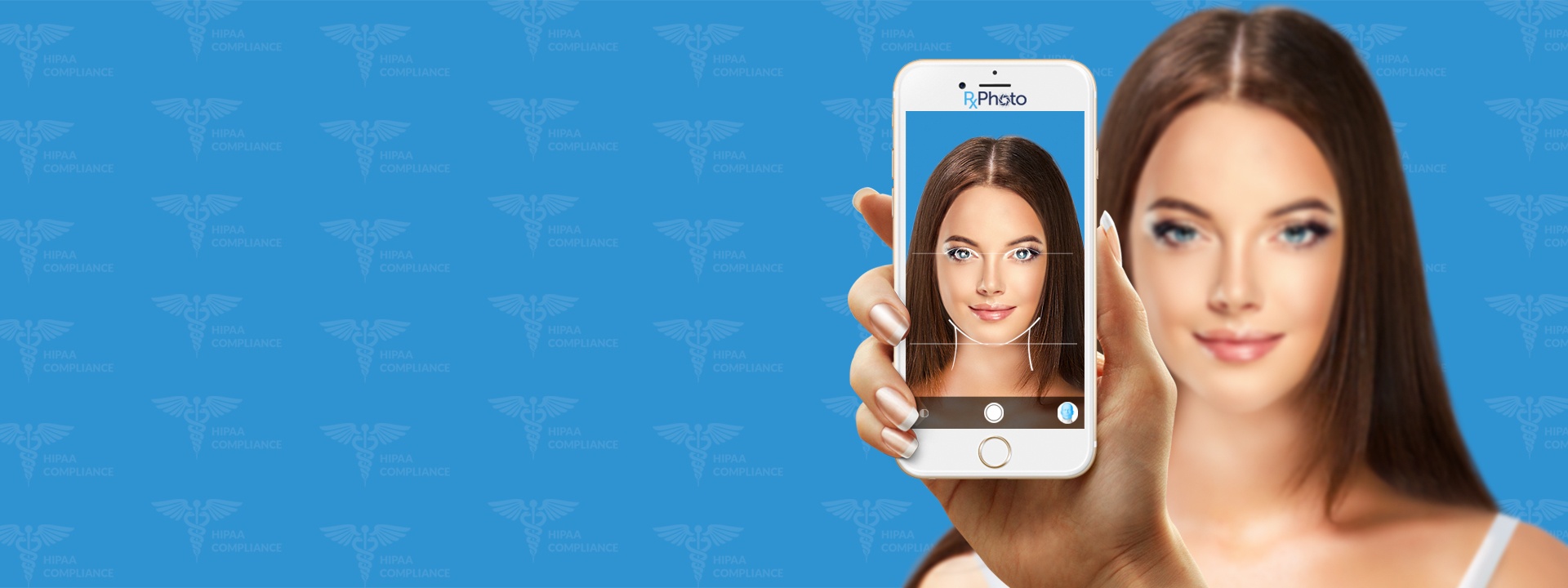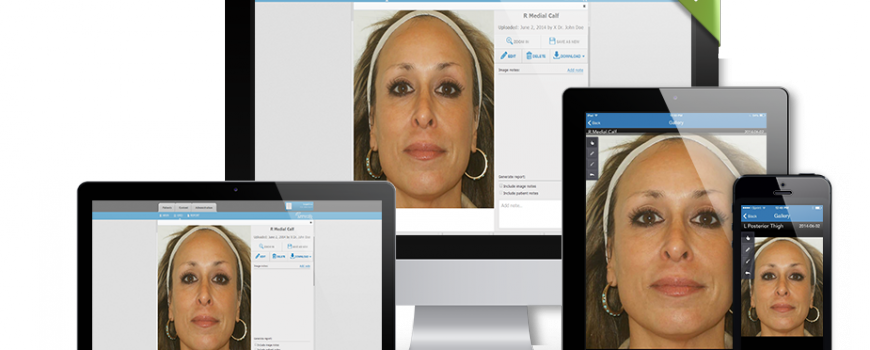The Importance of Nonstandardized Medical Photography

Medical imaging is of paramount importance in the field of plastic surgery. Many years ago, it started out as a helpful tool, but today it is an essential part of any practice. A few other medical fields also utilize photography these days and it can be a valuable aid to any physician’s practice. As more and more doctors begin to incorporate photography into their day-to-day practice, many questions arise.
Getting Consistent Quality
One of the major concerns of plastic surgeons, dermatologists and others is consistent quality. In order to get uniformity, the conditions must be the same for before and after pictures or a series of photos.
For facial plastic surgery, it’s important that all conditions be exactly the same for pre-op and post-op photos. The patient should be wearing dark clothing, similar cosmetics, and the background and lighting must be matched. All camera specs must be the same as well: the lens, film, focal setting, and F-stop.
Consistent Positioning
Though all these factors may seem like common sense to some, peer-reviewed articles on this topic show that many unintentional inconsistencies were found. Patient positioning was one major factor that seemed most difficult to replicate at each photo shoot. Even a small degree of head retrusion or neck flexion made a significant impact on the photodocumentation.
For lateral facial photographs, many photos were observed that had not been taken in the true lateral position. Even a slight over-rotation of the head caused skewed results. Since digital photography has become so inexpensive, one method recommended for coping with these various issues, is simply to take several photos in each position. Of course, every effort should be made to replicate the exact lighting and conditions for pre-op and post-op photos.
Conclusion
With the field of medical imaging growing and the need for reliable medical photography in advertising, teaching and diagnosis, achieving standardized quality is essential. Whether mistakes are made through carelessness, lack of knowledge or through equipment failures, poorly taken photographs can diminish the value of using photographs altogether. They can also provide misleading or incorrect information.
To address these numerous issues, many physicians are training one or two employees that handle only the photography itself. Another helpful solution is the use of better or easier to operate equipment. Several companies do provide medical imaging equipment but it can be very expensive, cumbersome and difficult for employees to operate. The future of medical imaging will most likely steer toward easy-to-use programs that can be utilized with iPhones and iPads, making it much more versatile and convenient for the busy medical professional.




